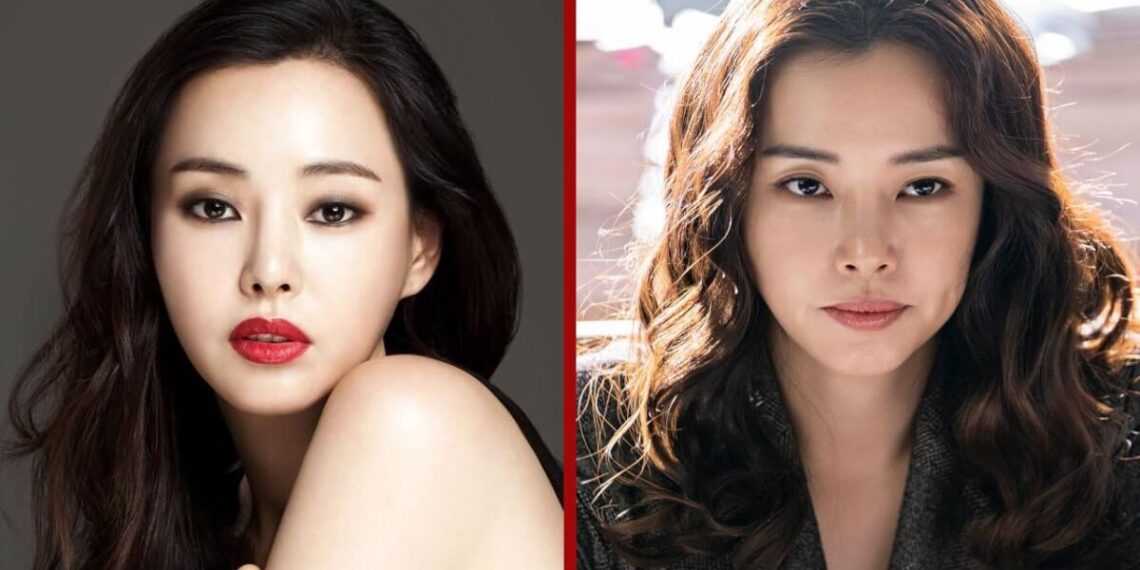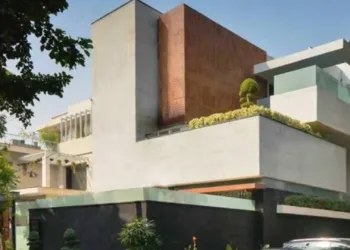Netflix’s latest K-drama AEMA has captivated audiences with its bold portrayal of 1980s Korean cinema, but many viewers are wondering: is this provocative series based on actual events? The answer is both yes and no. While AEMA isn’t a direct biographical account, it draws heavily from real historical events and the groundbreaking 1982 film “Madame Aema” that revolutionized Korean cinema forever.
Table of Contents
The Real “Madame Aema” That Started It All
AEMA is inspired by the legendary 1982 film “Madame Aema,” widely regarded as the beginning of Korea’s erotic cinema boom in the 1980s. The original film was a massive box-office hit, becoming one of only two films to sell more than 100,000 tickets in Seoul during 1982.
Directed by Jeong In-yeop, the 1982 romance inspired a wave of Emmanuelle-styled erotic films known as “ero yonghwa”, fundamentally changing the landscape of Korean cinema.

Historical Context & True Story Elements
| Historical Aspect | Real Events | AEMA Drama Connection |
|---|---|---|
| Time Period | 1981-1983 | Same historical setting |
| Film Industry | Chungmuro era censorship | Authentic recreation |
| Original Film | “Madame Aema” (1982) | Central plot inspiration |
| Cultural Impact | First major erotic film | Industry transformation theme |
| Director | Jeong In-yeob | Fictionalized film industry figures |
| Government Policy | “3S Act” relaxation | Historical backdrop |
The “3S Act” and Cinema Liberation
The original “Madame Aema” was the first erotic film made after South Korea’s government began relaxing its control of the film industry through the enactment of the “3S Act”. This historical policy shift forms the authentic backbone of the Netflix series, showing how filmmakers navigated changing censorship rules.
The “3S Act” (referring to Sex, Screen, and Sports) was designed to distract the public from political issues during military dictatorship, inadvertently creating space for more provocative cinema.
Fictional Characters, Real Industry Dynamics
While AEMA’s characters like Hee-ran and Ju-ae are fictional creations, they represent very real experiences of women in the 1980s Korean film industry. The Netflix drama examines how the male-dominated film industry objectified women on-screen, reflecting authentic historical challenges.
Real Industry Issues Portrayed:
- Systematic objectification of actresses
- Limited creative control for women
- Censorship battles with government authorities
- Commercial pressure vs. artistic integrity
For more insights on Korean cinema history and evolution, explore our comprehensive entertainment coverage.
The Original “Madame Aema” Plot
The 1982 film followed Oh Su-bi, whose husband is in prison for involuntary homicide, as she engages in extramarital affairs while preparing to leave for France with a lover. This source material provides the thematic foundation for the Netflix adaptation, though the series expands beyond this single story.
Cultural and Social Commentary
Set between 1981 and 1983 in Chungmuro, the heart of Korea’s film industry, AEMA explores how censorship coexisted with a surge in erotic cinema. This historical tension creates authentic drama while examining broader themes of artistic freedom and social change.
The series uses this historical moment to comment on:
- Women’s changing roles in society
- Artistic expression under authoritarian rule
- The commercialization of cinema
- Gender dynamics in creative industries

How Much is Historically Accurate?
True Historical Elements:
- The 1982 “Madame Aema” film and its cultural impact
- 1980s Korean film industry structure and censorship
- Government policy changes affecting cinema
- Social attitudes toward erotic content
Fictional Dramatic Elements:
- Specific character storylines and relationships
- Individual filmmaker narratives
- Particular production company dynamics
- Personal drama and romantic subplots
For more K-drama historical accuracy analysis, stay connected with our latest coverage.
The Director’s Vision
The creator aimed to reinterpret this historical irony from today’s perspective, exploring its meaning in 2025 to deliver a new message. This approach allows the series to use historical events as a foundation while addressing contemporary issues about women in entertainment.
Production and Authenticity
Starring Lee Ha-nee and Bang Hyo-rin, the series premiered on August 22, 2025, delivering an unfiltered look at 1980s Korean cinema. The production team invested heavily in period-accurate set designs, costumes, and cultural details to authentically recreate the era.
Impact on Modern Korean Entertainment
The series serves as both historical drama and contemporary commentary, using the 1980s setting to examine issues that remain relevant in today’s Korean entertainment industry. This approach makes AEMA both a period piece and a modern critique.
The Verdict: Historical Fiction at Its Best
AEMA masterfully blends historical fact with fictional drama, using the real story of “Madame Aema” and 1980s Korean cinema as its foundation while creating compelling personal narratives that illuminate broader truths about the era.
The series proves that some of the best historical dramas don’t need to be completely factual to be authentically meaningful. By grounding fictional characters in real historical circumstances, AEMA delivers both entertainment and genuine insight into a pivotal moment in Korean cultural history.
Whether you’re interested in Korean cinema history or contemporary K-drama storytelling, AEMA offers a fascinating glimpse into how art, politics, and society intersected during one of Korea’s most transformative decades.
For official information about the original 1982 film, visit IMDb’s Madame Aema page and stream AEMA on Netflix.
For more K-drama analysis and Korean entertainment history, visit our entertainment section and stay connected with the latest developments in Korean media.
Frequently Asked Questions
Q: Was there really a film called “Madame Aema” that changed Korean cinema?
A: Yes, “Madame Aema” was a real and highly influential 1982 South Korean film directed by Jeong In-yeop. It became a massive box-office success, selling over 100,000 tickets in Seoul alone, and is widely credited as the film that launched Korea’s erotic cinema boom of the 1980s. The movie was groundbreaking as the first major erotic film made after the government relaxed censorship controls through the “3S Act.”
Q: Are the characters in Netflix’s AEMA based on real people from the film industry?
A: While the characters like Hee-ran, Ju-ae, and other main figures are fictional creations, they represent authentic experiences and challenges faced by real women in the 1980s Korean film industry. The series draws from true industry dynamics, including the objectification of actresses, censorship battles, and the struggle for creative control, but dramatizes these through fictional personal stories rather than depicting specific real individuals.








